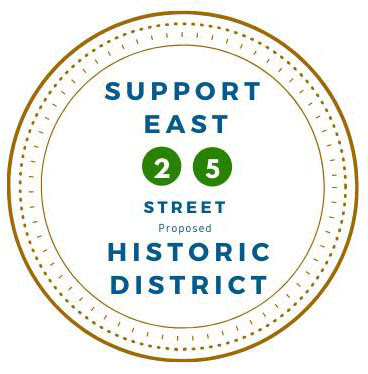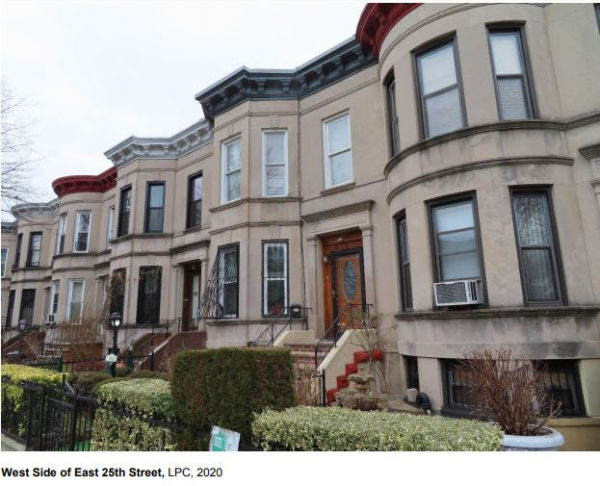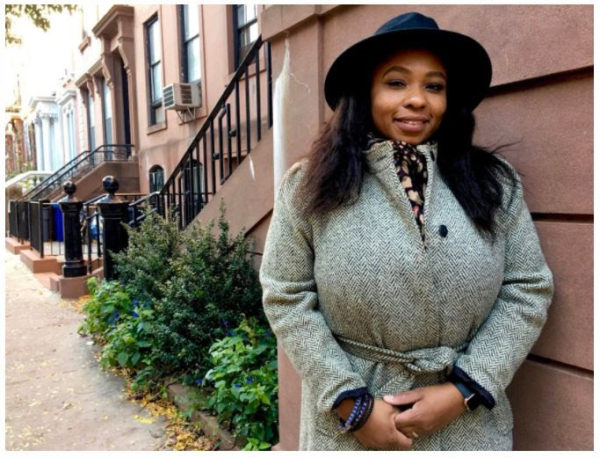

What makes East 25th Street so special?

Owners and residents of the row houses of East 25th Street take pride in preserving their block and creating beauty. The result? An intact early 20th century streetscape with exceptional gardens. This block’s demonstrated stewardship has won the Brooklyn Botanic Garden’s annual contest as the Greenest Block in Brooklyn a whopping four times!
Deeper than usual gardens sit in front of intact brownstone and limestone rowhouses, all of which retain their original cornices, carved keystones and door surrounds, and many retain iron stoop railings and doors. The proposed district comprises 56 houses that face East 25th Street.
This block was developed beginning in May of 1909 by the Henry Meyer Building Company. Henry Meyer also owned the Germania Real Estate Company and the Jamaica Bay Improvement Association, and developed much of the Flatbush neighborhood by the turn of the twentieth century by selling the parcels of what would become Vanderveer Park and the New York City-designated Fiske Terrace-Midwood Park Historic District. While Germania didn’t build homes, the Henry Meyer Building Company created approximately one thousand homes in Brooklyn between 1894-1909 with construction concentrated in Cypress Hills and East New York. East 25th Street was among the company’s first and largest foray in development in the Flatbush section of Brooklyn. The Brooklyn Daily Eagle described the block’s development as:
“…one-family houses of a high grade, to sell from $7,000 to $8,000. …We shall fill up both sides of East Twenty-fifth street, between Clarendon road and Avenue D…All are two-story structures, some with limestone and the others with brownstone fronts. They will be finished in hard wood, with parquet floors, tiled kitchens, shower baths and electric lights. …We have our own molding mill on Force Tube avenue, in East New York, to prepare all our own trim for our houses, and experience in building to see that good work goes into them.”
The Eagle further reported that no other region in Brooklyn showed this level of growth, and the “Flatbush territory” was “rapidly filling up with homes.” These homes are representative of transit and infrastructure improvements in Flatbush by a speculative developer, as Meyer graded and paved the streets, installed curbs and sidewalks, and laid the sewer, water and gas lines for both East 25th and 26th Streets. This development is demonstrative of Flatbush’s rapid transition from a suburban location characterized by detached, large houses to the densely built rowhouse blocks that arrived in the years after the City’s consolidation. Further, there are no rowhouse blocks in Flatbush that are protected as New York City Historic Districts, and this block is certainly a stand-out in terms of integrity, resident support, and beauty.

The block’s progress toward official landmark designation would not be possible without the hard work of the East 25th Street Historic District Initiative, especially Julia Charles, pictured above.
Photo credit: Lore Croghan, Brooklyn Daily Eagle.



